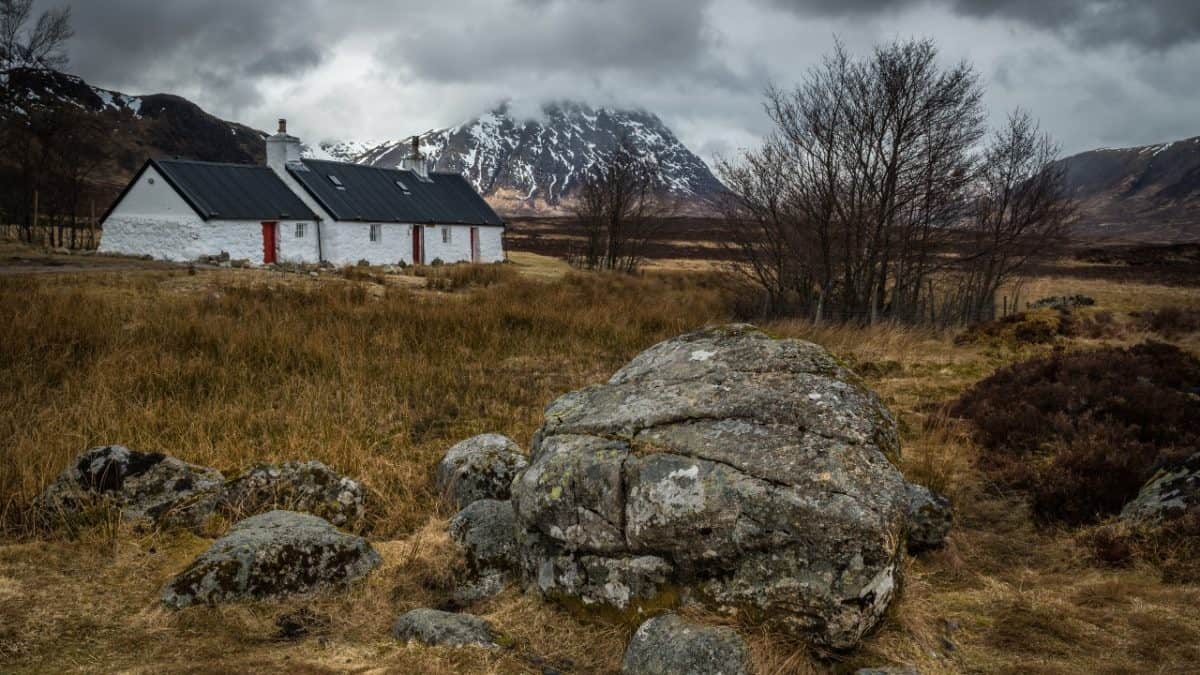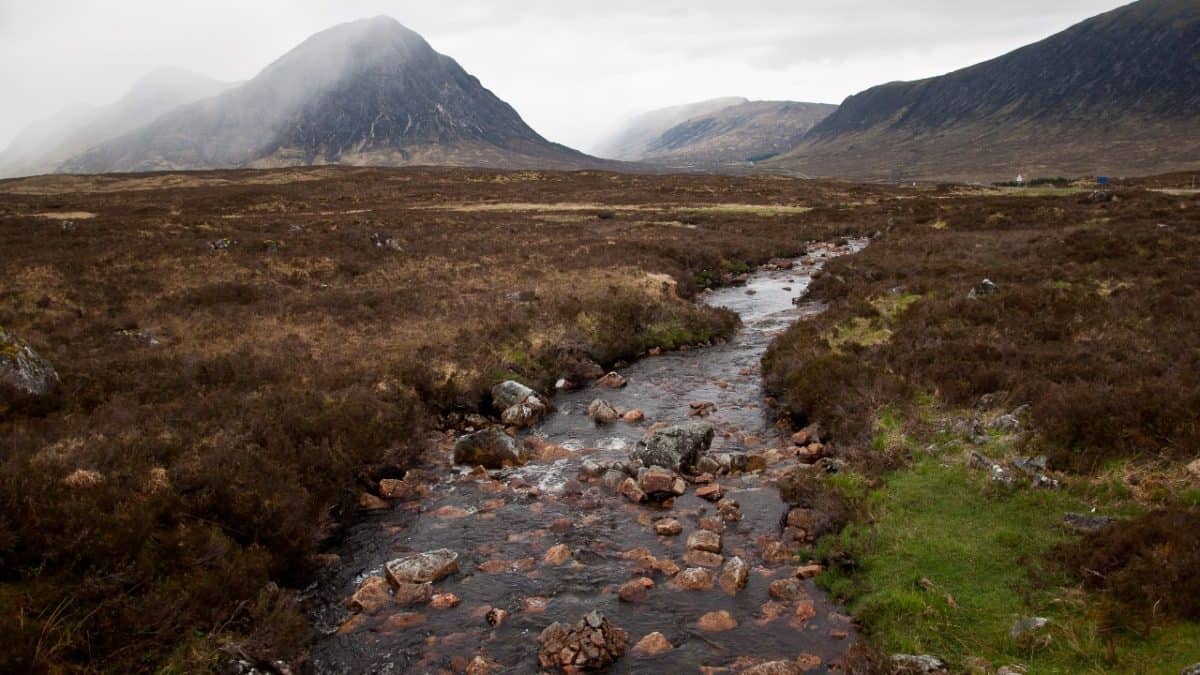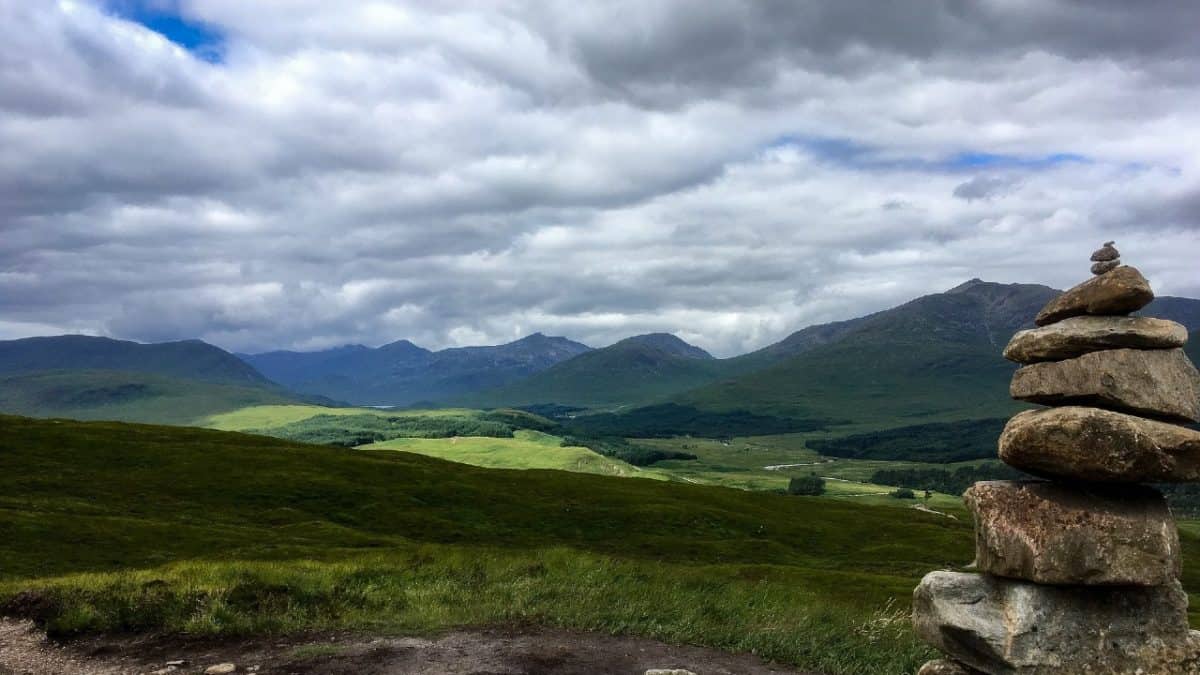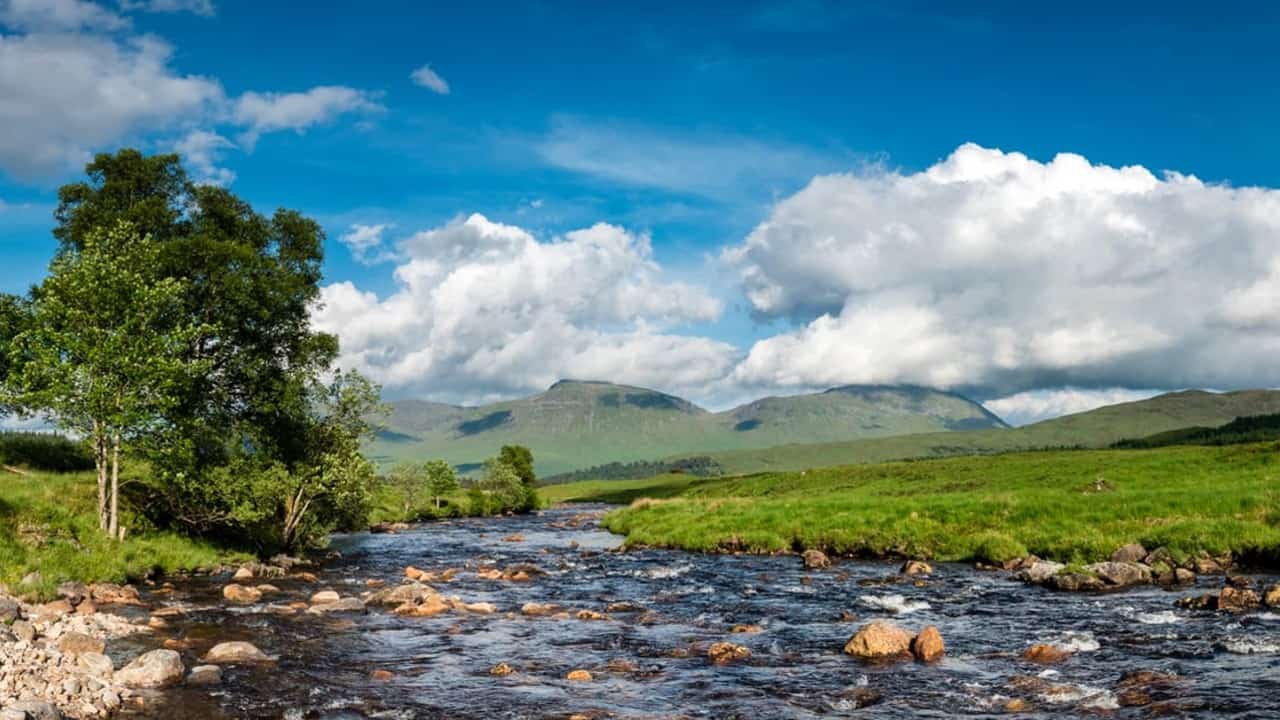The West Highland Way is not only the best long-distance trail in Scotland but also one of the best routes of this type in Europe. The trail passes through some of Scotland’s most iconic landscapes and provides outdoor enthusiasts with a truly unforgettable experience.
If you’re planning to walk this trail, you’re probably trying to learn everything you can about it on the Internet. If that’s the case, you’re in the right place – here’s our short but comprehensive and informative overview of the West Highland Way:
How Long is The West Highland Way?
The West Highland Way is 96 miles (154 kilometres) long. It is the very first officially designated Long Distance Route in the country and was opened on the 6th of October 1980. More than 30,000 people walk the entire route every year, which turns the West Highland Way into the most popular long-distance trail in Scotland.
How Long Does it Take to Walk the West Highland Way?

On average, most trekkers take around a week to complete the West Highland Way. The fast-and-light hikers usually complete the route in only 5 days, while a lot of people take as long as two weeks to walks its entire distance since there are quite a few mountains that can be climbed along the trail (such as Buachaille Etive Mor or Ben Lomond, among others).
Where Does the WHW Start and Finish?
The start of the West Highland Way is in the town of Milngavie. It is located only 6 miles (10 kilometres) away from the centre of Glasgow and it’s very easy to reach – there are more than 70 direct trains going from Scotland’s largest city to Milngavie every day.
The West Highland Way ends in the remote but bustling Highlands town called Fort William. This is a major tourist centre and the second-largest town in this region of Scotland (the largest one is Inverness). Fort William is very close to Ben Nevis, which is the UK’s highest mountain.
When is the Best Time of Year to Walk This Route?
A vast majority of outdoor enthusiasts walk the West Highland Way from April to October. While many of these people walk the route in summer, the best time to walk the West Highland Way is in May or September – the conditions are ideal and there are no midges. There’s nothing these flying insects love more than to bite trekkers, so your best bet is to walk the trail in spring or autumn and avoid them completely.
How’s the Terrain Like?

The landscape you’ll be walking through is ever-changing and absolutely breathtaking – there’s no doubt about that.
You’ll be walking along the coast of Loch Lomond, which is Britain’s largest freshwater lock and a truly unforgettable sight. You’ll be passing through both lowlands and highlands, and you’ll also be following many of Scotland’s ancient and historic roads.
An important thing to mention here is that some parts of the route are badly eroded (a lot of trekkers use a single track for the entire length of the trail). However, the West Highland Way Management Group is giving its best to maintain the route and keep it in the best possible condition.
How Difficult To Walk is the West Highland Way?
While it’s certainly not among Europe’s most difficult long-distance routes, the WHW is undoubtedly a physically and mentally challenging hike. Still, it’s not one of those routes that require extensive physical preparation, trekking experience, or any specific navigational skills. If you have a great sense of determination and a reasonable level of fitness, you’ll have no trouble completing this route.
The only section that is somewhat rough is the one between Rowardennan and Inverarnan. Some find this part of the route to be a real drag, while some love the challenge it offers. Once you reach Inverarnan (you’ll probably be going from south to the north as most trekkers do), the hardest part of the walk will be behind you and you’ll be able to reach Fort William without any issues.
Is it Possible to Camp Along the West Highland Way?
There are quite a few campsites on this trail, and several pubs and hotels that are located on the route or next to it also allow camping.
Wild camping, on the other hand, is allowed as long as you’re following the SOAC (Scottish Outdoor Access Code). Don’t stay for more than 2-3 nights in one place, don’t cause problems for the locals, remove all of your litter, and you should be fine.
What About Weather?
The Scottish weather is well-known for its unpredictability. In other words, variable weather conditions are an essential part of the WHW experience.
Whether you decide to walk this route in spring, summer, or autumn, there’s a pretty good chance you’ll have to deal with rain at some point. The further north you go, the more you’ll have to deal with windy, gray, and cold conditions, particularly at higher elevations.
Is it Possible to Get Lost on the West Highland Way?

In general, this route is very easy to navigate due to the fact that it’s very well way-marked. Still, it would be very wise to bring a map, a compass, and a GPS – these items will make the walk a lot less stressful.
Keep in mind that, besides villages and farms, the route passes through wild moors and tangled forests. In other words, there’s no shortage of wayfinding challenges on the West Highland Way, but you shouldn’t have any trouble as long as you’re paying attention and looking out for signposts.
To help you out, I’ve written a separate post on planning for the West Highland Way.
How Much Will Walking the West Highland Way Cost Me?
It goes without saying, but camping is undoubtedly the most economical way to hike the West Highland Way. Some of the campground prices may shock you but keep in mind that you’ll almost always have access to indoor lounges, hot showers, and similar luxuries.
One thing that can make or break one’s WHW budget is the food. Relying on restaurant meals isn’t the best idea, as they can be quite expensive. You can keep the costs low by opting for self-catering.
That’s about it – the most basic info on walking the West Highland Way. Make sure to check out our articles on planning for the WHW, packing for the WHW, and places where you can eat on the WHW.

I love hiking, backpacking, and camping. From the Camino de Santiago to the West Highland Way in Scotland or simply a great day hike on the weekend. Hiking refreshes me, my mind, and keeps my body reasonably fit. So far I have walked three Camino routes and many other long distance hikes in the UK, Canada, and around the rest of Europe. One of the best was my hike up Ben Nevis.

